Shopping Cart
Location
Cities
Complete guide: how to drive on hills for beginners.
Blog
Home Blog
CATEGORIES
All Categories

Complete guide: how to drive on hills for beginners.
Complete guide: how to drive on hills for beginners
Picture this: winding roads that snake through majestic peaks, breathtaking vistas around every corner, and the excited chatter of your family as you embark on your first mountain driving adventure. Sounds magical, right? But if you’re gripping the steering wheel with white knuckles just thinking about it, you’re not alone!
As someone who once mistook the brake for the gas pedal on a 15% grade (true story, unfortunately), I understand the mix of excitement and terror that comes with first-time mountain driving. But here’s the good news – those initial jitters can transform into confidence, and that anxiety can give way to pure joy as you master the art of conquering peaks on four wheels.
The Thrill of the Climb: Why Mountain Driving Creates Unforgettable Memories
Mountain driving offers spectacular views and experiences you simply can’t get anywhere else. There’s something magical about watching the landscape transform as you climb – from lush forests to alpine meadows, and eventually to rocky peaks that seem to touch the clouds.
My first mountain road trip with my family started with my 7-year-old daughter announcing, “Dad, I can touch the clouds from here!” as we ascended through a misty morning fog. That moment alone was worth every nervous glance at the edge of the road.
The beauty of mountain driving is that it combines adventure with accessibility. Unlike scaling a peak on foot (which might not be feasible for the whole family), driving allows everyone to experience the majesty of mountains together. You’ll find yourselves pulling over at viewpoints, scrambling out of the car with cameras in hand, and creating memories that will last a lifetime.
Plus, there’s that undeniable sense of accomplishment when you navigate a particularly challenging stretch of road. As my teenager reluctantly admitted after our trip, “That was actually pretty cool, Dad” – which, if you have teenagers, you know is the equivalent of a standing ovation.

Common Mountain Driving Fears and How to Overcome Them
Let’s address the elephant in the room – mountain driving can be intimidating! Here are the most common fears and how to tackle them:
1. The “We’re going to roll Off the Edge!” Fear
This is probably the most common concern, especially if you’re not used to driving alongside steep drop-offs.
The Reality Check: Modern mountain roads have guardrails in the most dangerous sections, and accidents from vehicles going over edges are extremely rare.
The Solution: Focus your eyes on the road ahead, not on the edge. If you have a particularly nervous passenger (like my wife, who developed a sudden interest in the ceiling of our car), suggest they sit on the side away from the drop-off. And remember – staying in your lane is actually easier on mountain roads because you’re naturally more focused.
2. The “My Brakes Will Fail!” Panic
The thought of brake failure while descending a steep mountain pass is enough to make anyone sweat.
The Reality Check: Modern vehicles have multiple brake systems and warning indicators. Brake failure is extremely uncommon.
The Solution: Learn the art of engine braking by shifting to a lower gear when descending. This takes pressure off your brakes and gives you more control. On longer descents, use the “pulse braking” technique – apply brakes firmly for a few seconds, then release, rather than riding them continuously. This prevents overheating and maintains brake effectiveness.
3. The “What If We Get Stuck?” Worry
Being stranded on a remote mountain road is a legitimate concern, especially with family in tow.
The Reality Check: Cell phone coverage has improved dramatically in mountain regions, though there are still dead zones.
The Solution: Before your trip, download offline maps of your route. Pack an emergency kit with water, snacks, blankets, and a first aid kit. Let someone know your planned route and expected arrival time. And perhaps most importantly, make sure your vehicle is in good condition before setting out – check those tires, brakes, and fluids!
To further reduce the stress, you can also prepare by learning practical tips for driving on rough or uneven mountain roads — especially if your chosen route includes unpaved or remote areas.
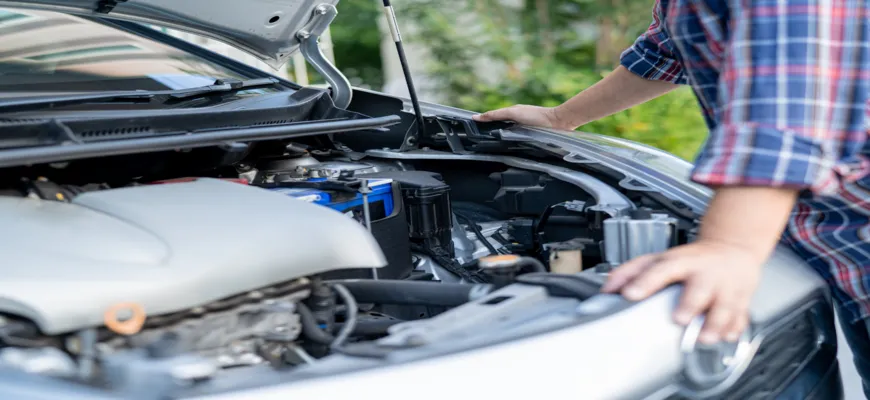
Essential Mountain Driving Safety Tips for Beginners
Mountain driving safety tips will help ensure your journey is as smooth as the valleys below. Here are some practical tips that won’t suck the fun out of your adventure:
1. Embrace the Tortoise Mentality
Channel your inner tortoise – slow and steady wins the race! There’s no prize for being the fastest car on a mountain road. Take your time, especially on blind corners and narrow sections. This gives you more time to react and makes the journey more enjoyable for everyone.
2. Master the Art of Downshifting
Your transmission can be your best friend on mountain roads. When descending, shift to a lower gear (even in automatic vehicles) to help control your speed without riding the brakes. This technique, called engine braking, will save your brake pads and give you better control.
3. Play the “Spot the Pullout” Game
Turn safety into a family game! Have your passengers help spot pullout areas where you can safely stop to let faster vehicles pass. This reduces pressure to drive faster than you’re comfortable with and gives everyone a chance to stretch their legs and enjoy the views.
4. Become a Weather Whisperer
Mountain weather can change faster than a toddler’s mood. Check forecasts before and during your trip, and be prepared for conditions to shift dramatically with elevation changes. What’s sunny at the base might be snowing at higher elevations!
Mountain weather can change faster than a toddler’s mood. Check forecasts before and during your trip, and be prepared for conditions to shift dramatically with elevation changes. What’s sunny at the base might be snowing at higher elevations!
If you’re heading out in winter or higher altitudes, make sure to review this helpful guide to driving in snowy mountain conditions.
5. Hydrate Your Vehicle
Mountains put extra strain on your car. Check your coolant levels before heading up, and keep an eye on your temperature gauge during steep climbs. If you notice overheating, find a safe place to pull over and let the engine cool down.
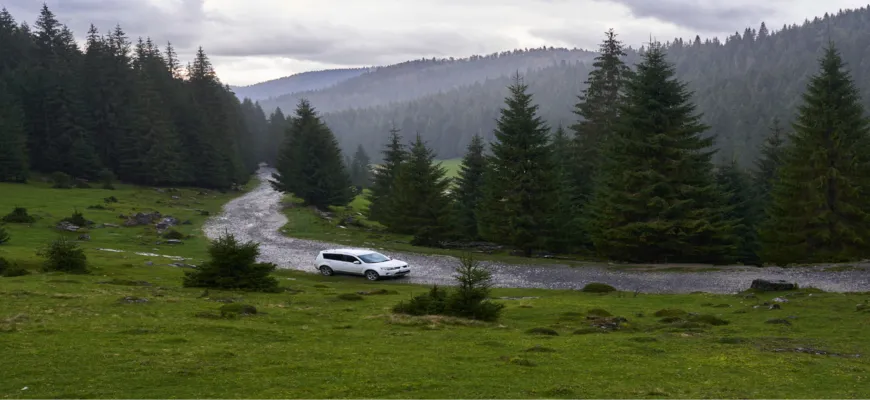
Planning Your Perfect Mountain Family Vacation
Planning a mountain family vacation requires balancing adventure with relaxation for all ages. The key is preparation without over-planning – leave room for spontaneity!
Start by involving everyone in the planning process. Even young kids can help choose activities or sights they want to see. This builds excitement and gives everyone something to look forward to.
When selecting your route, look for roads that offer a good mix of scenic views and practical amenities. The most beautiful routes often have fewer services, so plan your gas stops and meal breaks accordingly. These factors to consider when choosing your route can help you avoid unnecessary stress during your adventure.
If you're starting your journey from cities like Delhi, Mumbai, or Bangalore, consider renting a self-drive car for added convenience and flexibility.
Consider breaking up long driving stretches with fun stops:
- Scenic overlooks (perfect for family photos)
- Short hiking trails accessible from the road
- Quirky roadside attractions (the weirder, the more memorable!)
- Picnic spots with mountain views
- Local ice cream shops (a universal crowd-pleaser)
My family’s favorite tradition is our “peak treat” – a special snack we only enjoy at the highest elevation point of our journey. It’s become such a tradition that my kids start asking “Are we at the peak yet?” about five minutes after leaving home.
Why Family Adventure Trips in the Mountains Create Lasting Memories
Family adventure trips in mountain regions create bonds through shared experiences and challenges. There’s something about the combination of awe- inspiring nature and navigating new experiences together that strengthens family connections.
Mountains have a way of putting life into perspective. The daily stresses screen- time battles that dominate normal life seem to shrink when you’re surrounded by towering peaks. I’ve had some of the most meaningful conversations with my teenagers while driving mountain roads – something about the setting seems to open up communication channels that are usually firmly closed.
The shared challenges – whether it’s a moment of nervousness on a steep section or working together to set up camp – create stories your family will tell for years. “Remember when Dad thought that chipmunk was a bear?” becomes part of your family lore.
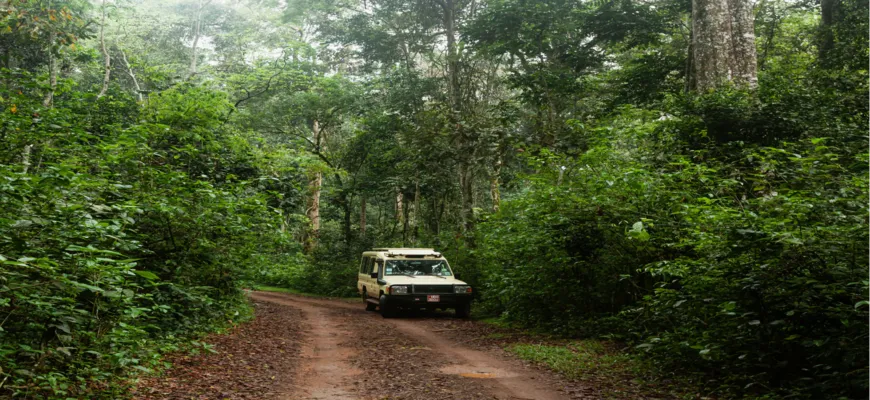
First-Time Mountain Driving: From Terrified to Terrific
First-time mountain driving might seem daunting, but with proper preparation, it becomes an exhilarating experience. Here’s how to make the transition from white- knuckle driver to mountain road warrior:
1. Start Small
Choose a less challenging mountain route for your first experience. Look for roads with moderate grades, good width, and plenty of guardrails. Save the hairpin turns of the Himalayas for your second or third mountain adventure! Once you're comfortable with beginner-level routes, you can challenge yourself with advanced journeys like the travel routes to Leh-Ladakh — known for their stunning beauty and demanding terrain.
2. Practice Key Skills Beforehand
Find a hilly area near home to practice uphill starts, downhill braking, and sharp turns. This builds confidence before you tackle the real thing.
3. Bring a Supportive Co-Pilot
A calm, encouraging passenger can make all the difference. Their job: navigation, snack distribution, and gentle reassurance when you encounter that first tunnel carved through solid rock.
4. Celebrate Small Victories
Successfully navigated your first switchback? Managed a steep descent without riding the brakes? These are achievements worth celebrating! Acknowledge your growing skills and confidence.
5. Remember the “Ten and Two” Rule
Keep both hands on the wheel at the ten and two o’clock positions for maximum control. Save the one-handed, casual driving for the flatlands.
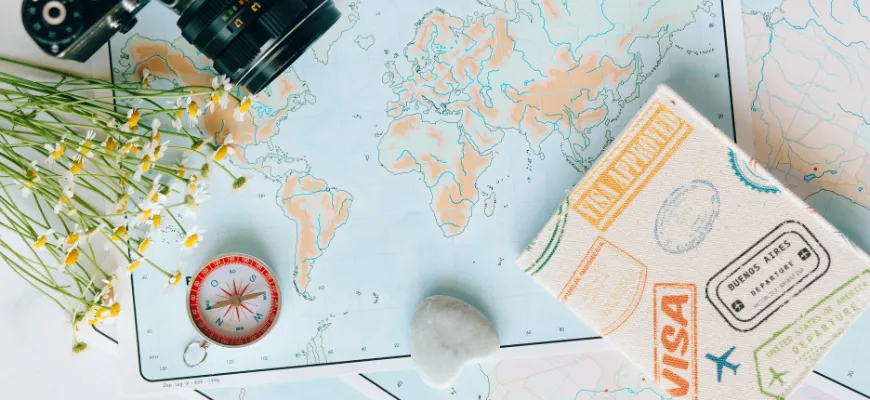
Choosing Family Tours vs. Self-Guided Mountain Exploration
Guided family tours can take the stress out of navigating mountain roads while providing educational insights. But is a guided tour or self-directed adventure better for your family? Here’s a quick comparison:
Guided Tours Pros:
- Local knowledge of the best spots and hidden gems
- No navigation stress – someone else knows the way
- Educational content about the region’s history and ecology
- Built-in safety net if problems arise
Self-Guided Exploration Pros:
- Complete flexibility with timing and stops
- Often more economical
- Freedom to change plans based on family interests
- More authentic “adventure” feeling
For first-time mountain drivers, a hybrid approach often works best: plan your own route but incorporate some guided experiences along the way. For example, self-drive to a national park, then join a ranger-led program once you’re there.
For families beginning their mountain trip from urban centers, a self-drive car rental in Chandigarh or car rental in Pune can make your journey smooth right from the start.
Making Mountain Driving with Kids Actually Fun (Yes, It’s Possible!)
Mountain driving with kids requires extra stops and entertainment options to keep everyone happy. The key is balancing driving time with activity time.
Road Trip Games with a Mountain Twist:
- Alphabet game using only things you can see in nature
- “I Spy” with mountain features
- Elevation guessing game (who can guess the current elevation?)
- Wildlife spotting competition (with points for rarity)
Strategic Stopping:
Plan stops every 1-2 hours, depending on your kids’ ages. Look for stops that allow everyone to:
- Stretch their legs
- Use restroom facilities
- Experience something interesting
- Burn off energy
Tech Balance:
While screens can be sanity-savers on long drives, encourage kids to look up at key moments. Create a “screens down” rule for particularly scenic stretches or wildlife spotting opportunities.
My personal favorite strategy? The “mystery stop” – I plan one unexpected, unannounced stop on each day’s journey that’s sure to delight. Whether it’s a hidden waterfall, a quirky museum, or the best local cuisine at a mountain restaurant, the element of surprise adds extra excitement.
Conquering Your Return Journey: Coming Down the Mountain
The return journey deserves special mention because driving downhill presents different challenges than the ascent. Here are some tips specifically for the descent:
1. Respect Gravity’s Power
Descending requires less gas but more braking. Use engine braking by shifting to a lower gear to maintain control without overheating your brakes.
2. Take Breaks for Your Brakes
On long descents, find safe places to pull over and let your brakes cool down. Use this time for quick photo ops or to simply enjoy the view you might have missed on the way up.
3. Watch for Uphill Traffic
Vehicles climbing the mountain may need more room on tight turns as they navigate the ascent. Be courteous and give them space.
4. Process the Experience
Use the descent as a time to reflect on your adventure. Ask each family member to share their favorite moment or the most beautiful thing they saw. This reinforces the positive memories and helps everyone process the experience.
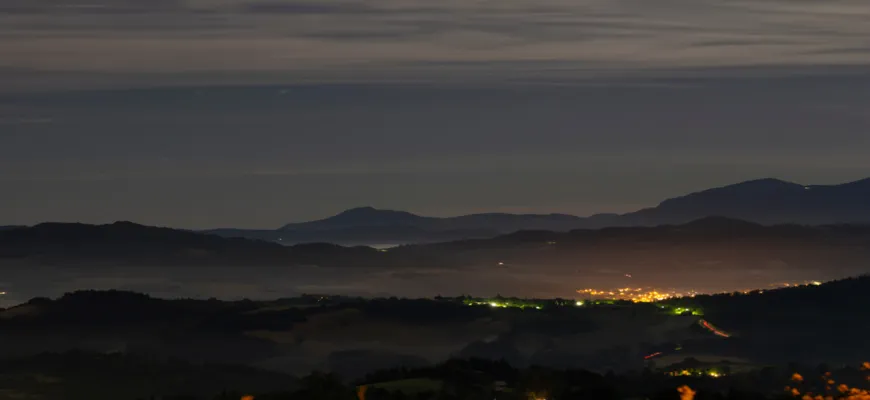
Embrace the Adventure!
Mountain driving might start as a challenge, but it quickly becomes an adventure your family will treasure. Those initial butterflies in your stomach? They’re just the prelude to the pride you’ll feel when you’ve successfully navigated your first mountain pass.
Remember that the journey itself is as important as the destination. Those winding roads lead not just to mountain peaks, but to family stories, shared challenges, and moments of wonder that simply can’t be experienced any other way.
So check your tire pressure, pack some snacks, queue up a great playlist, and hit the road! The mountains are calling, and your family adventure awaits. Who knows? You might just discover that mountain driving becomes your family’s new favorite tradition.
Explore our wide range of self-drive cars available in Goa, Hyderabad, and more to kickstart your mountain adventure with comfort and ease.
And if all else fails, remember my family’s golden rule of mountain driving: “The driver gets to choose the music, and everyone else gets to enjoy the view without backseat driving comments!” Happy trails!
Rentrip Travel Guides
Car Rental Cities in India
Grow your business with Rentrip.
List your bike and become a member of rentrip family.



.webp)

.webp)


Comments
Be the first one to comment on this post.
Submit a Comment
Login or Register to add your comment